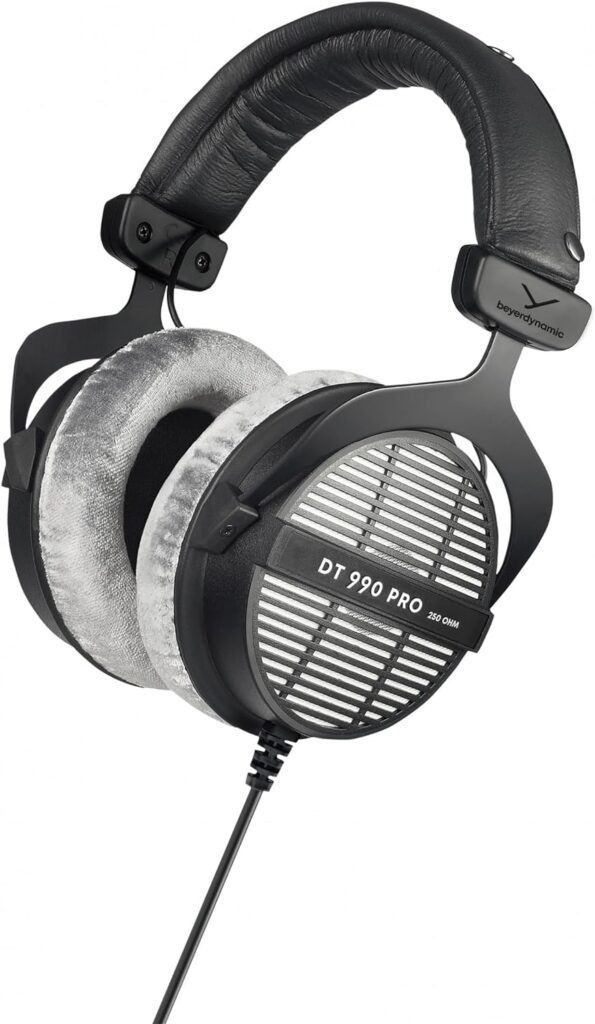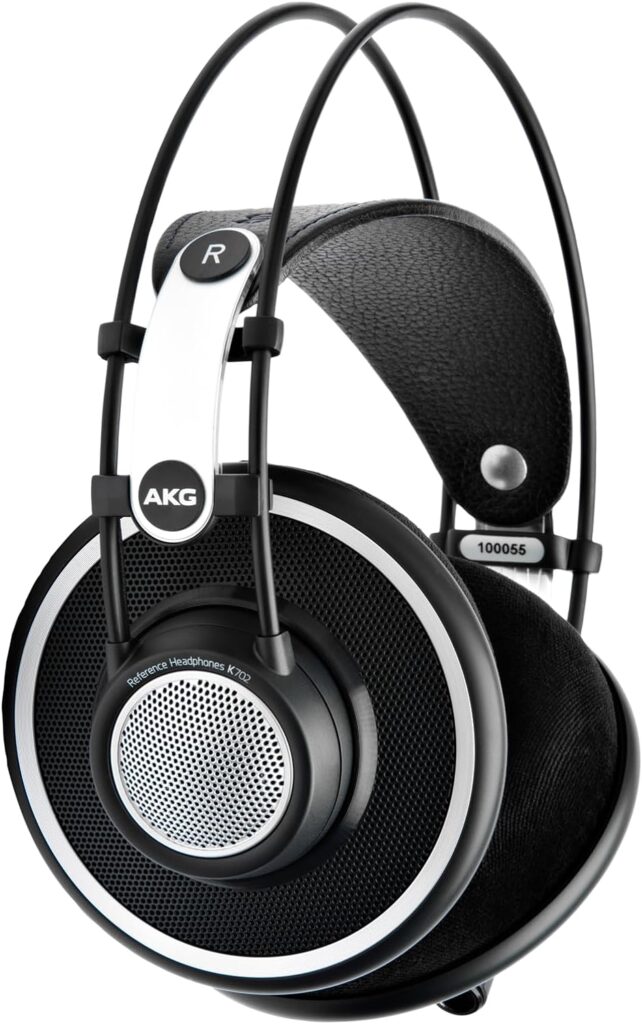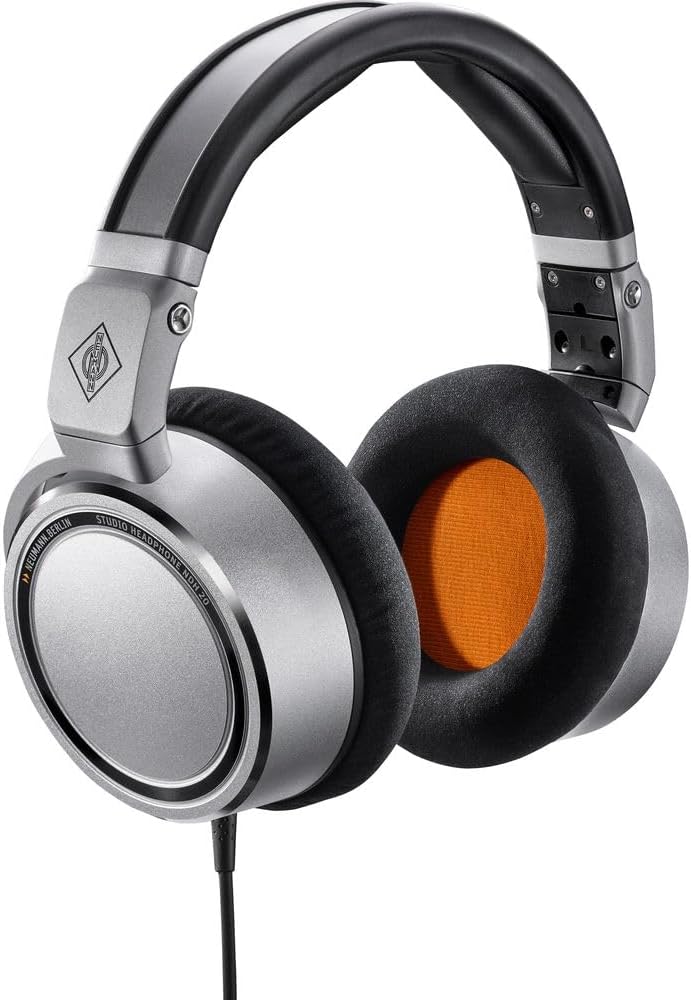Best Headphones for Mixing: An Ultimate Guide
When it comes to audio production, having the right tools is essential best headphones for mixing. One of the most crucial pieces of equipment for mixing is a good pair of headphones. Whether you’re a professional producer working in a studio or an aspiring artist crafting beats in your bedroom, the right headphones can make a world of difference. In this comprehensive guide, we’ll explore the best headphones for mixing, what makes them suitable for the task, and how to choose the perfect pair for your needs. Check out if you have time Here are some best headphones.
Why Headphones Are Important for Mixing
Mixing is the process of balancing and fine-tuning individual elements in a track to create a cohesive and professional sound. While studio monitors are the traditional choice for mixing, headphones offer several unique advantages:
- Precision: High-quality headphones allow you to hear minute details in your mix.
- Portability: Unlike monitors, headphones can be used anywhere, making them ideal for mobile setups.
- Isolation: Closed-back headphones provide isolation from external noise, ensuring an accurate listening environment.
- Budget-Friendly: Investing in a good pair of headphones can be more cost-effective than setting up a full studio monitoring system.
However, not all headphones are created equal. Mixing requires a specific type of headphones that deliver accurate and flat frequency response without overemphasizing certain frequencies.
Key Features to Look for in Mixing Headphones
To choose the best headphones for mixing, you need to understand the features that matter most:
1. Frequency Response
Mixing headphones should have a flat and neutral frequency response. This means they reproduce sound accurately without boosting bass, mids, or treble, allowing you to hear your mix as it truly is.
2. Comfort
Mixing sessions can last for hours, so comfort is essential. Look for headphones with cushioned ear pads and adjustable headbands to avoid discomfort or fatigue.
3. Build Quality
Durability is important, especially if you plan to use your headphones regularly. Look for materials like metal frames, replaceable ear pads, and sturdy cables.
4. Open-Back vs. Closed-Back Design
- Open-Back: Provides a natural and spacious sound but leaks sound, making them unsuitable for noisy environments.
- Closed-Back: Offers better isolation but may not have the same level of soundstage as open-back models.
5. Impedance and Sensitivity
High-impedance headphones require more power to drive but often deliver better sound quality. Ensure your audio interface or headphone amplifier is compatible with the impedance level of your chosen headphones.
Best Headphones for Mixing in 2024
Here are some of the top headphones for mixing, categorized based on various needs and budgets:
1. Sennheiser HD 650

- Type: Open-back
- Frequency Response: 10 Hz – 41 kHz
- Impedance: 300 Ω
The Sennheiser HD 650 is a favorite among audio professionals for its detailed and natural sound. It offers a wide soundstage and exceptional clarity, making it ideal for critical listening and mixing.

2. Beyerdynamic DT 990 Pro

- Type: Open-back
- Frequency Response: 5 Hz – 35 kHz
- Impedance: 250 Ω
Known for its comfort and precision, the DT 990 Pro delivers a spacious soundstage and crisp highs. Its open-back design makes it perfect for studio mixing.

3. Audio-Technica ATH-R70x

- Type: Open-back
- Frequency Response: 5 Hz – 40 kHz
- Impedance: 470 Ω
The ATH-R70x is Audio-Technica’s flagship model for professional mixing. Its neutral sound profile and lightweight design ensure accuracy and comfort.

4. Sony MDR-7506

- Type: Closed-back
- Frequency Response: 10 Hz – 20 kHz
- Impedance: 63 Ω
A staple in studios worldwide, the Sony MDR-7506 is renowned for its reliability and affordability. While it’s a closed-back design, it offers excellent detail and flat response, making it a versatile choice.

5. AKG K702

- Type: Open-back
- Frequency Response: 10 Hz – 39.8 kHz
- Impedance: 62 Ω
The AKG K702 features a wide frequency range and impressive soundstage, making it ideal for mixing complex tracks. Its self-adjusting headband ensures a comfortable fit.

6. Shure SRH1840

- Type: Open-back
- Frequency Response: 10 Hz – 30 kHz
- Impedance: 65 Ω
The Shure SRH1840 combines premium materials with an accurate sound signature. Its lightweight construction and detailed audio reproduction make it a top choice for professionals.

7. Focal Listen Professional

- Type: Closed-back
- Frequency Response: 5 Hz – 22 kHz
- Impedance: 32 Ω
Designed for mixing and mastering, the Focal Listen Professional offers excellent isolation and balanced sound. Its ergonomic design ensures hours of comfortable use.

8. Audeze LCD-X

- Type: Open-back
- Frequency Response: 10 Hz – 50 kHz
- Impedance: 20 Ω
The Audeze LCD-X uses planar magnetic drivers to deliver unmatched clarity and precision. Though expensive, it’s a worthwhile investment for serious professionals.

9. Neumann NDH 20

- Type: Closed-back
- Frequency Response: 5 Hz – 30 kHz
- Impedance: 150 Ω
Neumann’s NDH 20 offers a closed-back design with a neutral frequency response, making it suitable for mixing in less-than-ideal environments.

10. Philips Fidelio X2HR

- Type: Open-back
- Frequency Response: 5 Hz – 40 kHz
- Impedance: 30 Ω
For those on a budget, the Fidelio X2HR provides a surprisingly high-quality soundstage and comfortable fit, making it a great entry-level option.

How to Choose the Right Mixing Headphones
Step 1: Define Your Needs
- Are you mixing in a noisy environment? Opt for closed-back headphones.
- Need precise stereo imaging? Choose open-back headphones.
Step 2: Consider Your Budget
- Entry-level models: Philips Fidelio X2HR, Sony MDR-7506.
- Mid-range options: Beyerdynamic DT 990 Pro, AKG K702.
- High-end choices: Audeze LCD-X, Sennheiser HD 650.
Step 3: Test Before You Buy
If possible, test headphones in person to assess comfort and sound quality.
Step 4: Pair with Appropriate Equipment
Ensure your headphones are compatible with your audio interface or amplifier. High-impedance models may require additional power.
Tips for Mixing with Headphones
- Take Breaks: Prolonged use can cause ear fatigue, so take regular breaks.
- Cross-Check with Monitors: Alternate between headphones and studio monitors to ensure your mix translates well across different systems.
- Use Reference Tracks: Compare your mix with professionally mixed tracks to gauge accuracy.
- Consider Room Simulation Plugins: Tools like Waves Nx or Sonarworks Reference can emulate a studio environment in your headphones.
Conclusion
Finding the best headphones for mixing requires careful consideration of your needs, budget, and listening environment. From the high-end precision of the Audeze LCD-X to the budget-friendly reliability of the Sony MDR-7506, there’s a pair of headphones out there for every mixer. By investing in the right pair and using them effectively, you’ll be well on your way to crafting professional-quality mixes.
